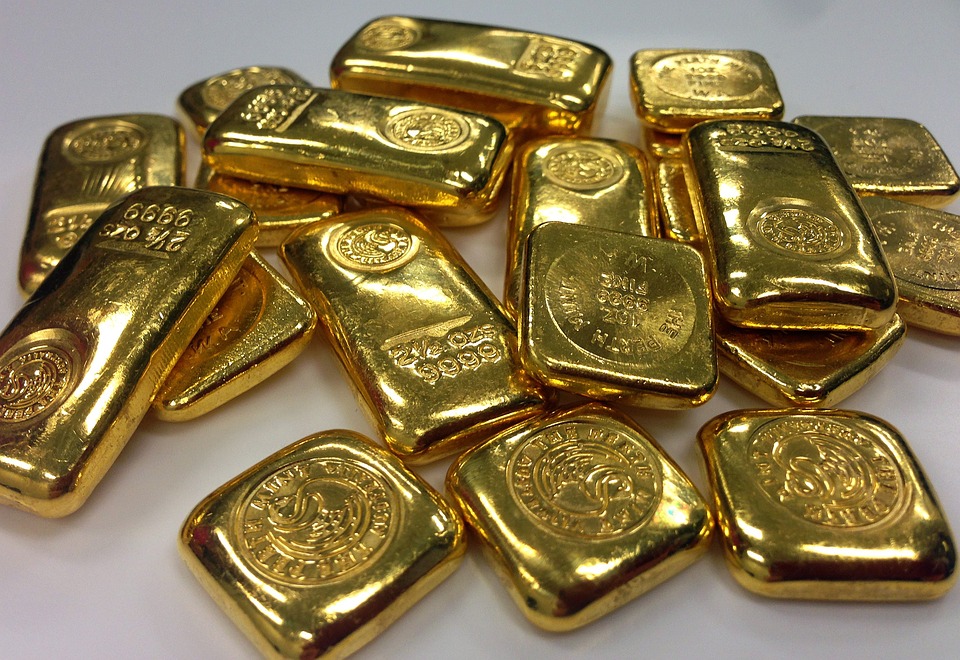The Commodities Feed: Nickel Fiasco

Image Source: PixaBay
Energy
It was a fairly choppy day in the oil market yesterday. Brent traded as high as US$103.70/bbl and as low as US$96.93/bbl - the lowest levels we have seen Brent trade since 25 February. The IEA’s monthly oil market report was fairly constructive. The agency is forecasting that from April the market could lose 3MMbbls/d of Russian oil supply due to the impact of self-sanctioning. Supply losses of this magnitude would be more than enough to keep the market in deficit for at least the next 2 quarters. The IEA also expects that the stronger price environment, together with sanctions, will weigh on global growth. This has forced them to lower their demand forecasts. The IEA has cut its 2022 demand growth forecast by 950Mbbls/d to 2.1MMbbls/d, which would leave oil demand averaging 99.7MMbbls/d this year.
However, downward pressure would have come from reports that Russia-Ukraine were making progress in their negotiations. Although, possibly the market is reading too much into this. In addition, the Libyan Prime Minister called on OPEC to increase output in order to help ease prices. Libya is not part of the OPEC+ supply deal. However, what is clear, is that the longer prices remain elevated, not only will there be growing external pressure on OPEC to act, but there will also be growing pressure from within. The issue is that it is only Saudi Arabia and the UAE that have a substantial amount of spare capacity.
The EIA’s latest weekly report showed that US commercial crude oil inventories increased by 4.35MMbbls over the last week. In addition, crude inventories at Cushing increased by 1.79MMbbls, which is the first weekly increase in stocks at the WTI delivery hub this year. On the product side, gasoline inventories fell by 3.62MMbbls, whilst distillate fuel oil inventories increased by a marginal 332Mbbls. The distillate fuel oil market is still tight with stocks at their lowest levels since 2014 for this stage in the year.
Metals
LME resumed nickel trading yesterday in London, but the initial attempt ended in further chaos as prices fell through the 5% daily limit, forcing the exchange to close electronic trading only a minute after opening. Trading in other venues, such as the Ring, remained open. When it managed to re-open at 14:00 in London, the metal was largely on offer, but there was a lack of fresh bids and prices soon hit limit-down before electronic trading was suspended once again. The LME has now widened the daily price limit for nickel from 5% to 8%.
The rest of the base metals complex rallied together with Chinese equities after Chinese policymakers offered fresh hopes and vowed to boost the economy. While nickel struggled with its trading related issues on the LME, copper and aluminium jumped by more than 2% during the day. However, aluminium gave up its gains after headlines of progress in the Russia-Ukraine talks.
As for the physical market, aluminium buyers in Japan were said to be faced with higher premiums for their 2Q22 purchases. Some offers are currently at US$250/t which is 41% higher than the first quarter, according to reports. This echoes the elevated premium in Europe and North America, and the self-sanctioning of Russian metal has only exacerbated the market's tightness.
Disclaimer: This publication has been prepared by the Economic and Financial Analysis Division of ING Bank N.V. (“ING”) solely for information purposes without regard to any ...
more


